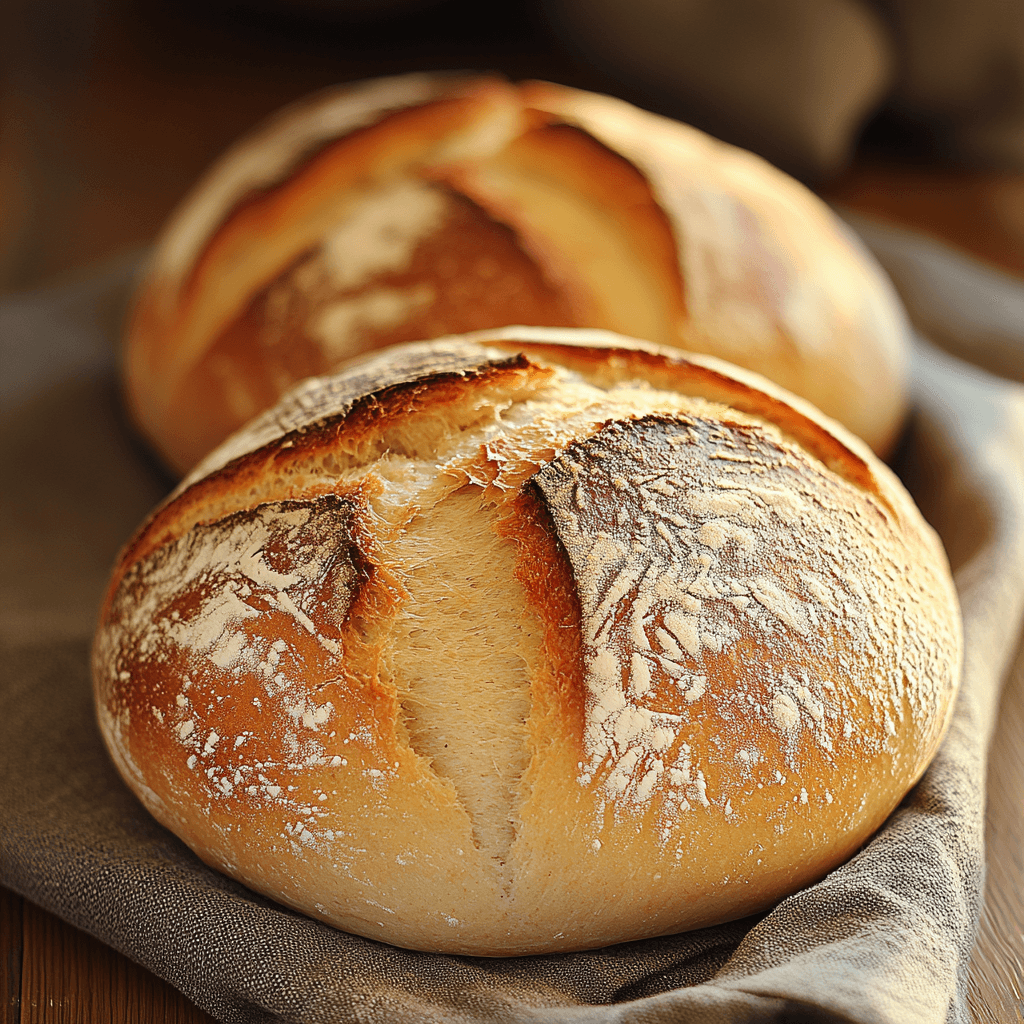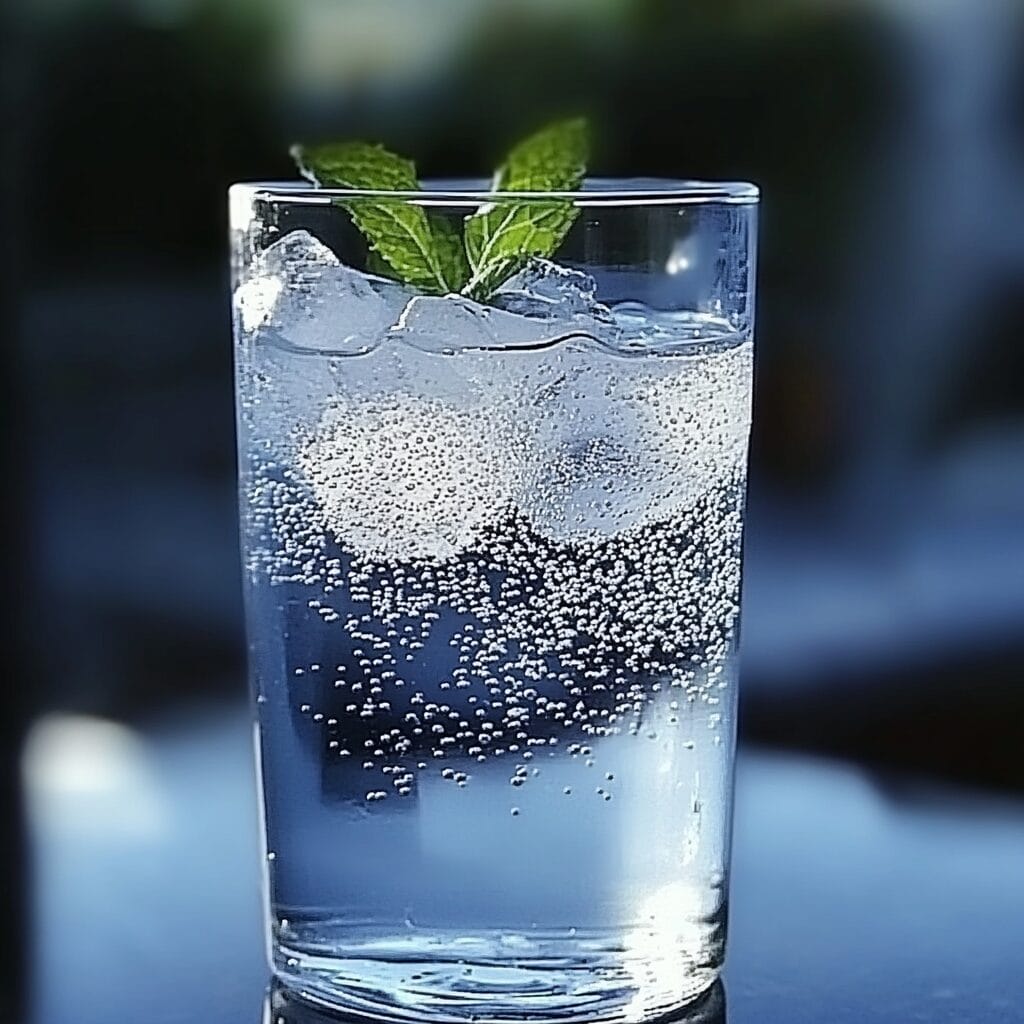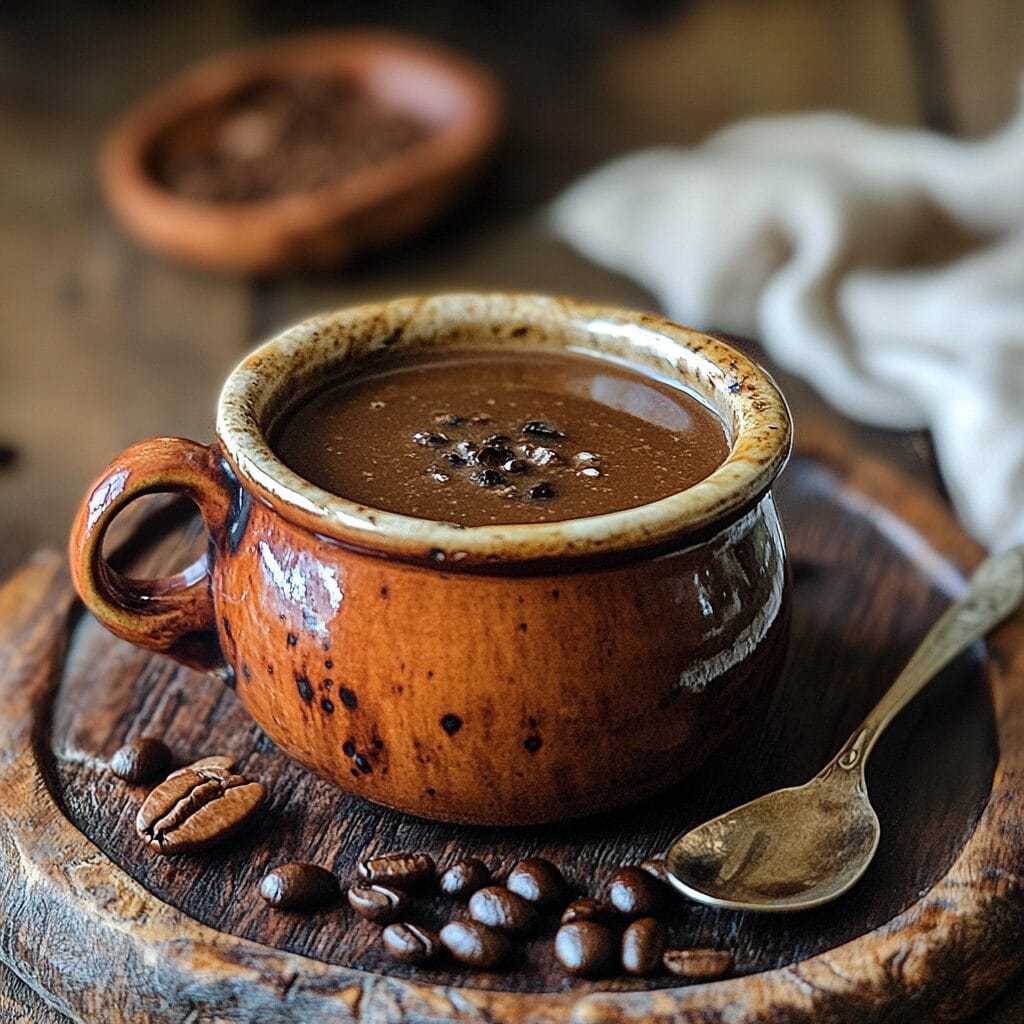“Bread is the king of the table, and German bread is the emperor of breads.” – German Proverb
Introduction
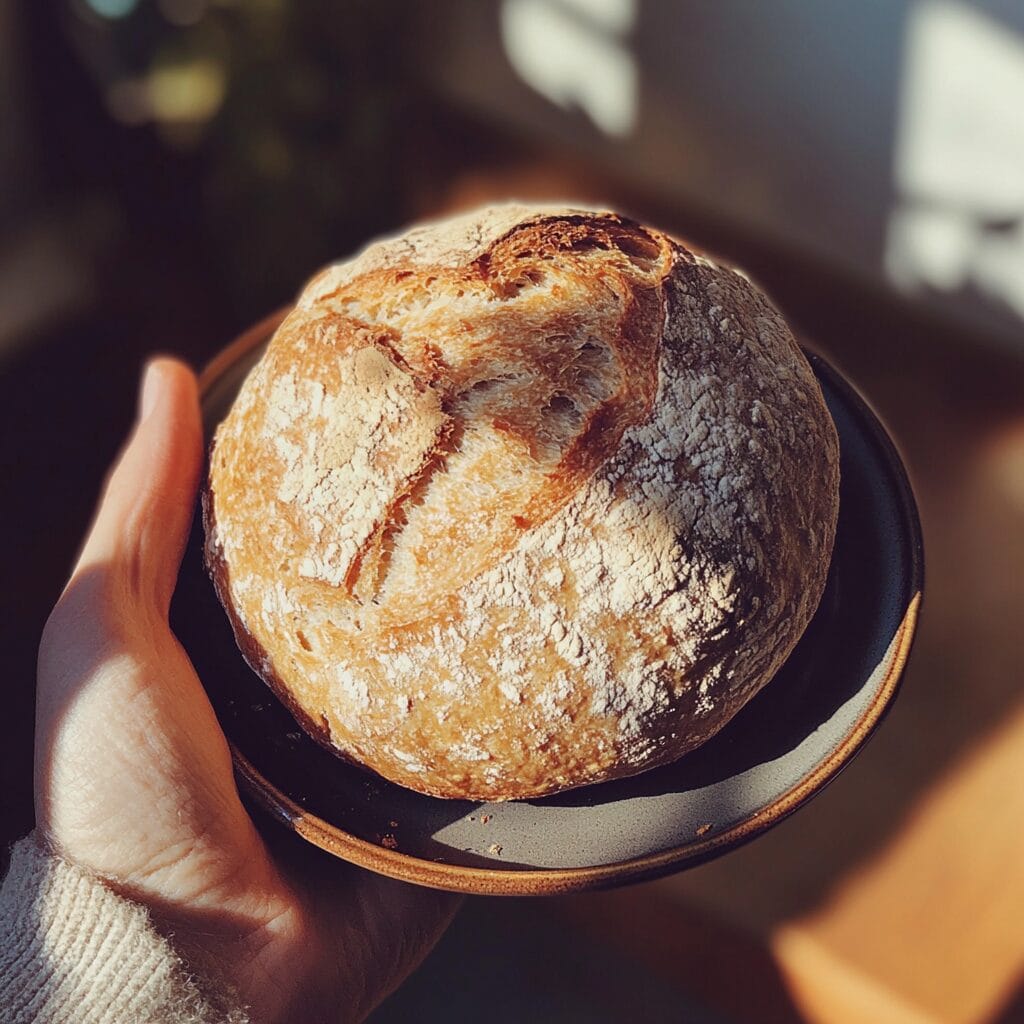
What is Quick German Bread?
Benefits of Making Quick German Bread
| Ingredient | Quantity |
|---|---|
| All-purpose flour | 2 cups |
| Whole wheat flour | 1 cup |
| Salt | 1 tsp |
| Sugar | 1 tbsp |
| Active dry yeast | 1 packet |
| Water | 1 cup |
| Nutrient | Value |
|---|---|
| Calories | 120 |
| Fat | 2g |
| Carbohydrates | 25g |
| Protein | 3g |
The Quick Bread Method
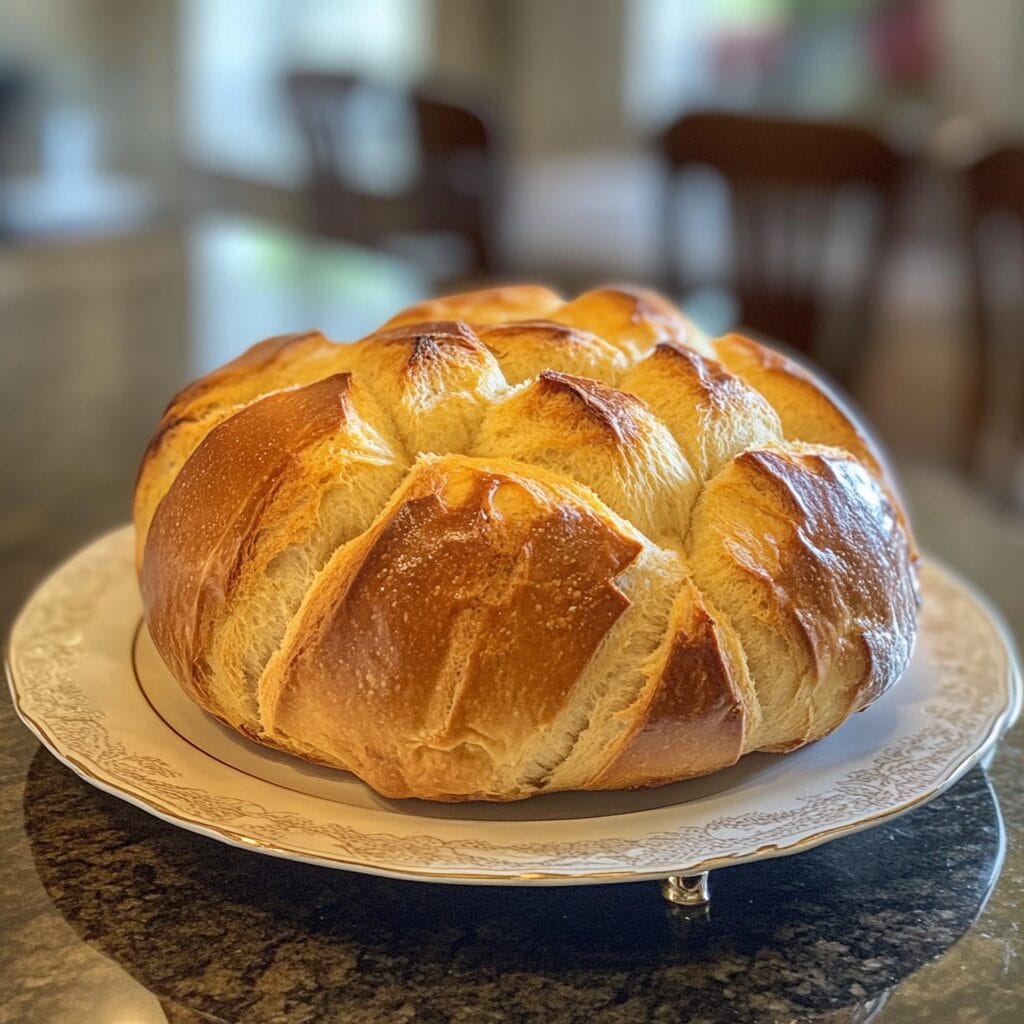
Understanding the Quick Bread Method
“The key to a perfect Quick German Bread lies in the mixing process. Don’t overmix the batter, or you’ll end up with a dense loaf.” – Chef Anna
Tips for Achieving the Perfect Crust
-
Make sure your oven is preheated to the right temperature. A hot oven will give your bread a nice crust.
-
Use a baking stone or baking sheet to give your bread a crispy crust.
-
Don’t open the oven door too often, as this can cause your bread to sink or not cook evenly.
What Makes German Bread Different
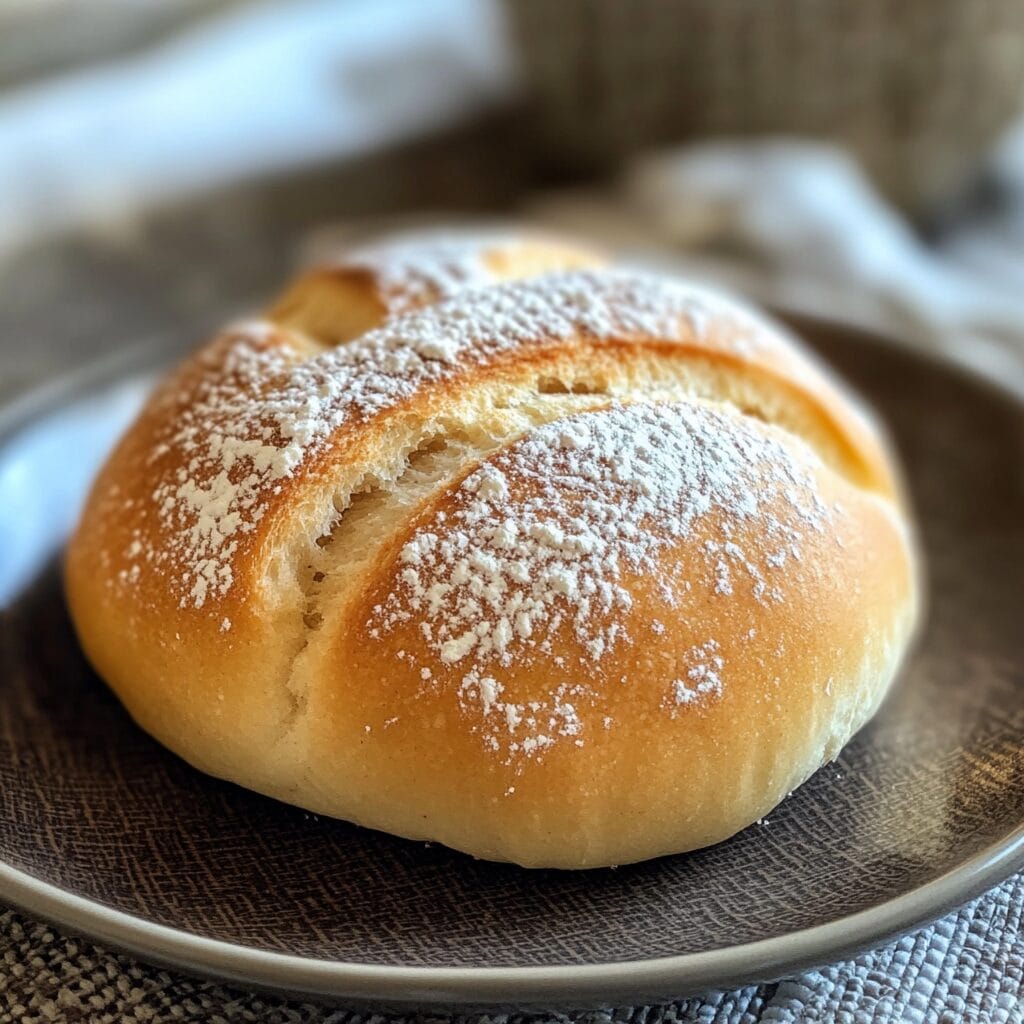
Traditional German Bread Ingredients
-
Coarser flours, such as whole wheat or rye
-
Grains and seeds, like sunflower seeds or pumpkin seeds
-
Sourdough starters, which give the bread a tangy flavor
The Role of Sourdough in German Bread
Recipe for Quick German Bread
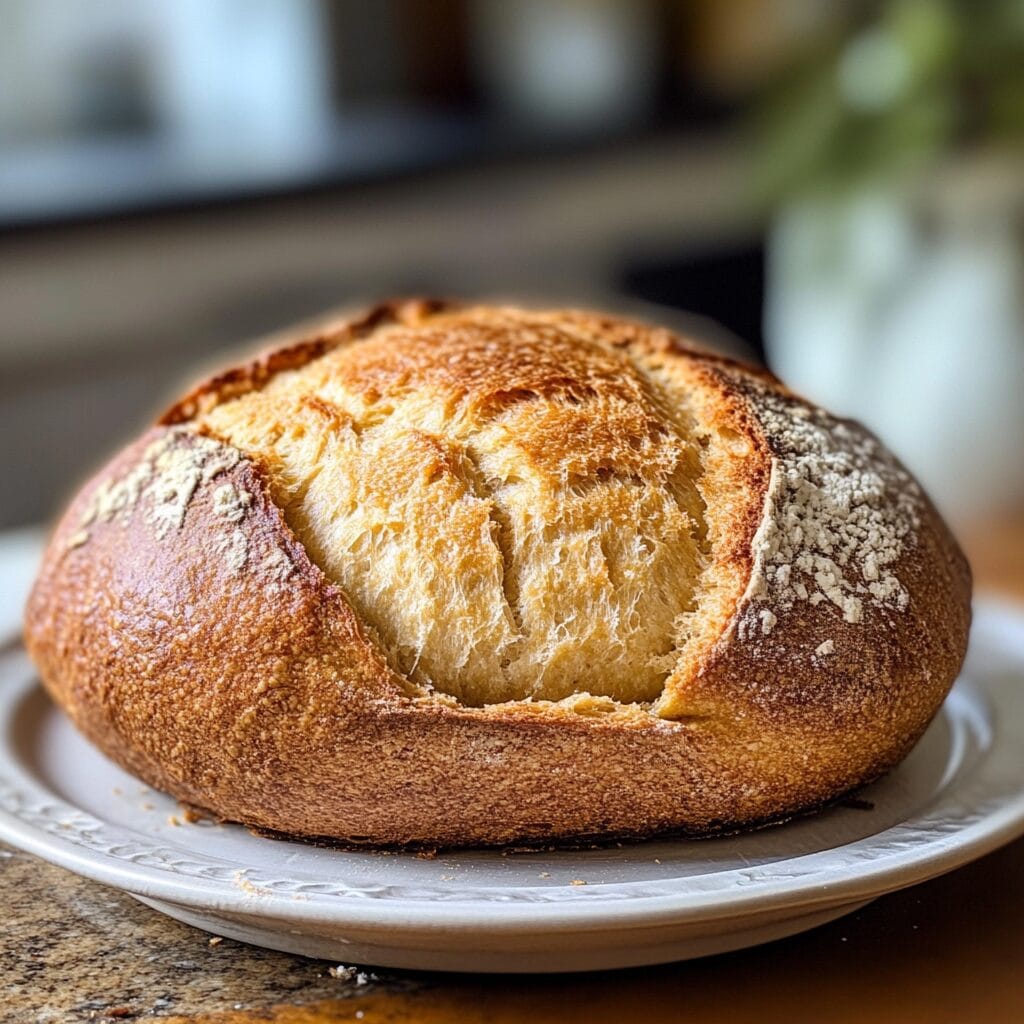
Simple Quick German Bread Recipe
| Ingredient | Quantity |
|---|---|
| All-purpose flour | 2 cups |
| Whole wheat flour | 1 cup |
| Salt | 1 tsp |
| Sugar | 1 tbsp |
| Active dry yeast | 1 packet |
| Water | 1 cup |
-
Preheat your oven to 375°F (190°C).
-
Mix the dry ingredients (flour, salt, sugar, and yeast) in a large bowl.
-
Add the water to the dry ingredients and mix until a dough forms.
-
Knead the dough for 5-10 minutes until it becomes smooth and elastic.
-
Shape the dough into a round loaf and place it on a baking sheet.
-
Bake the bread for 30-40 minutes, or until it’s golden brown and sounds hollow when tapped.
Variations of Quick German Bread
-
Whole wheat Quick German Bread: Use 100% whole wheat flour for a nuttier and denser bread.
-
Rye Quick German Bread: Add some rye flour to the dough for a distinctive flavor and texture.
-
Herby Quick German Bread: Mix in some chopped fresh herbs like rosemary or thyme for a savory bread.
Tips and Tricks for Making Quick Breads
5 Tips for Making Quick Breads
-
Measure ingredients accurately: Make sure to measure your ingredients carefully to ensure the right proportions.
-
Don’t overmix: Mix the dough just until the ingredients come together. Overmixing can lead to a dense bread.
-
Use the right flour: Choose the right type of flour for your German Bread. All-purpose flour works well, but you can also experiment with whole wheat or rye flour.
-
Check oven temperature: Ensure your oven is at the right temperature to get a perfect crust.
-
Don’t open the oven door too often: Let the bread bake undisturbed to get a nice crust.
Common Mistakes to Avoid
-
Overbaking: Don’t overbake the bread, or it’ll become dry and crumbly.
-
Underbaking: Make sure the bread is cooked through to avoid a soggy center.
Drying Bread Quickly
Methods for Drying Bread
-
Oven drying: Preheat your oven to its lowest temperature setting (usually around 150-200°F). Slice the bread thinly and place it on a baking sheet. Dry for 1-2 hours, or until the bread is dry and crispy.
-
Dehydrator: If you have a dehydrator, you can use it to dry Quick German Bread quickly and evenly. Simply slice the bread thinly and place it in the dehydrator. Follow the manufacturer’s instructions for temperature and time.
Uses for Dried Bread
-
Croutons: Cube the dried bread and toss it in olive oil, salt, and your favorite seasonings. Bake until crispy and use as a topping for salads or soups.
-
Bread crumbs: Blend the dried bread into crumbs and use it as a coating for chicken or fish. You can also use it as a topping for mac and cheese or casseroles.
FAQs
Can You Boil Ground Beef for Spaghetti?
While you can cook ground beef in liquid, boiling it like pasta isn't the best approach. Instead, brown the ground beef in a pan to create a rich, savory flavor that pairs perfectly with bowtie pasta. This method allows you to cook the ground beef evenly and prevents it from becoming tough or mushy.
What to Add to Ground Beef for Pasta?
To make your Bowtie Pasta with Ground Beef recipe even more delicious, try adding some aromatics like onion, garlic, or shallots to the ground beef as it cooks. You can also add some dried or fresh herbs like basil, oregano, or thyme to give the dish a boost of flavor.
Should You Drain Ground Beef for Pasta?
After browning the ground beef, it's a good idea to drain off any excess fat to prevent the dish from becoming too greasy. However, be sure to leave some of the juices and fat behind to keep the ground beef moist and flavorful.
How to Know When Bow Tie Pasta is Done?
The best way to check if your bowtie pasta is done is to use the bite test. Simply bite into a piece of pasta, and if it's still too crunchy or hard, it's not done yet. If it's mushy or soft, it's overcooked. Ideally, you want the pasta to be al dente, which means it should still have a bit of bite or chew.
How Do You Keep Bow Tie Pasta from Sticking Together?
To prevent your bowtie pasta from sticking together, try adding a tablespoon or two of olive oil to the cooking water. You can also stir the pasta frequently as it cooks to prevent it from sticking. After draining the pasta, toss it with a bit of olive oil or sauce to keep it moist and prevent sticking.
Additional Tips and Resources
Troubleshooting Common Issues
-
Dense bread: If your Quick German Bread is turning out dense, it might be due to overmixing the dough or using the wrong type of flour. Try using a lighter touch when mixing the dough and switching to a lighter flour.
-
Crumbly bread: If your bread is crumbly, it might be due to overbaking or using too much flour. Try reducing the baking time and using less flour.
Recommended Tools and Equipment
-
Mixing bowls: A large mixing bowl is essential for making Quick German Bread. Look for one that’s sturdy and easy to clean.
-
Baking sheets: A baking sheet is necessary for baking Quick German Bread. Look for one that’s non-stick and easy to clean.

